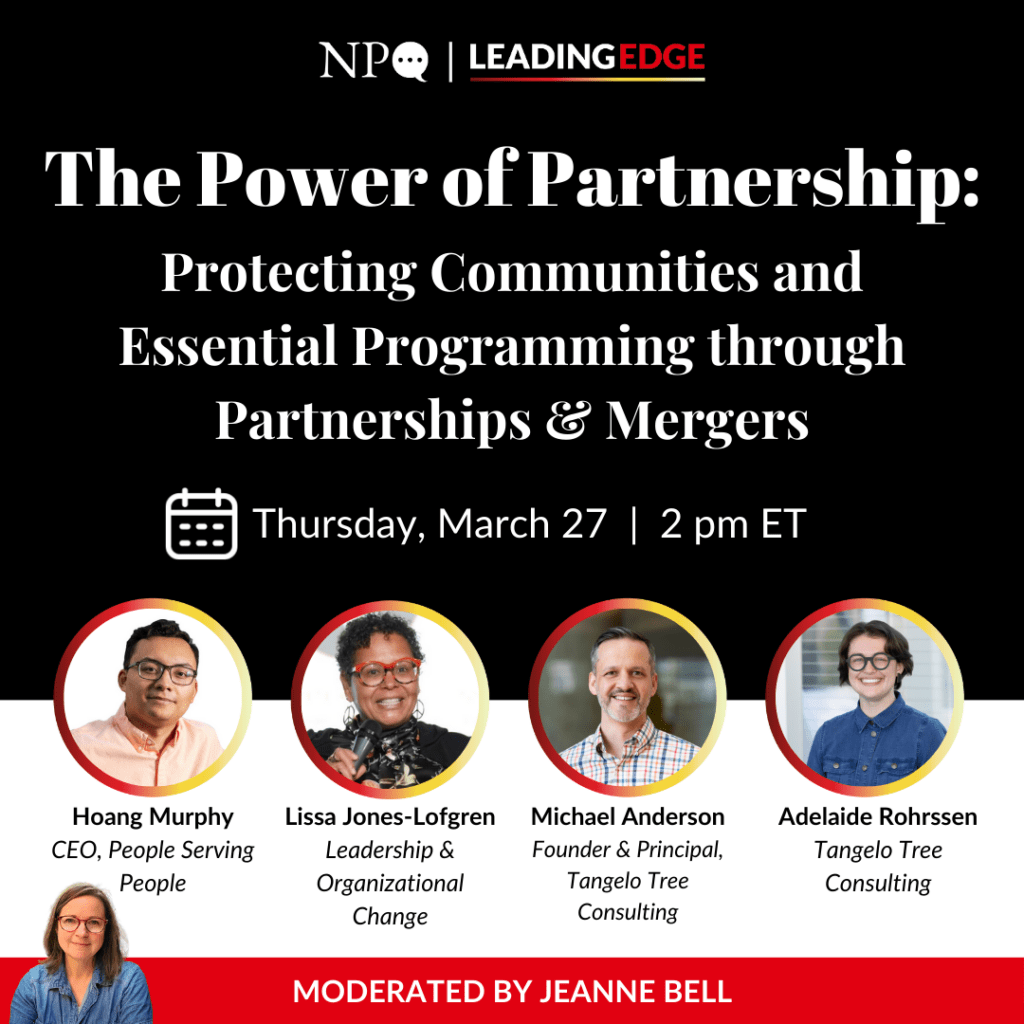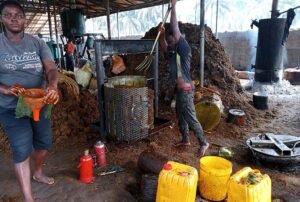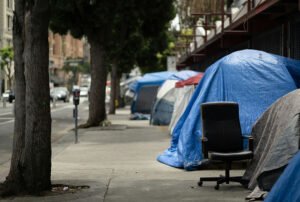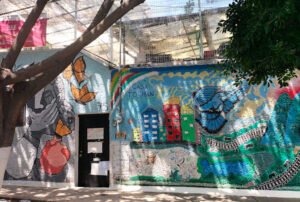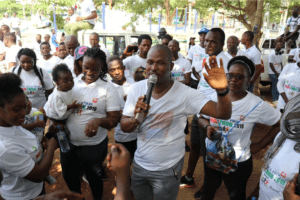
How should reparations be structured? I believe the Black nationalist/Pan-Africanist tradition that places Black people practicing sovereignty at the center holds vital answers.
The late Dr. John Henrik Clarke, a 20th-century historian who helped create the field of Africana Studies, was a pioneering thinker for this approach. In a lecture, likely from the late 1980s, called “Are We Ready for the 21st Century?” Clarke argued that Black people had lost the internal capacity to manage our own economic affairs, which he called a sense of “nationhood.” Instead, in countries that have struggled against apartheid—including South Africa and the United States—Black people have become reliant on white institutions, which have locked them into generational socioeconomic stagnation.
Like Clarke, I believe that Black communities must work toward owning and controlling the institutions that produce and manage our food, telecommunications, and other vital functions. Too often, Black reparations conversations center solely on cash payments. But cash is insufficient. Relying on institutions outside Black communities perpetuates the structure of colonial subjugation and subordination. When we consider reparations, I believe there are no sustainable solutions to the myriad challenges that face Black people without increasing our economic capacity to meet our own needs.
A Community Investment Vision
There are no sustainable solutions to the myriad challenges that face Black people without having the capacities within our community to meet our own needs.
Mainstream conversations about reparations often ignore the need to build community investment vehicles that enable Black people to increase capacity to practice sovereignty. Because of the decimation of Black institutions over centuries of persecution and disinvestment, today, many institutions tasked with meeting the needs of Black people are white-led nonprofits. However, these institutions often do not have mechanisms of accountability to the communities they serve. For example, a 2021 Urban Institute report found that “16 percent of nonprofits that primarily focus on serving people of color have all-white boards.” This dynamic perpetuates collective dependence on institutions outside the community. It’s the difference between investing in the ability to grow and produce food, versus investing in a food bank.
Instead, we need major investments controlled by communities they serve to operationalize a meaningful reparations policy—or frankly, any redistributive policy that aims to meaningfully empower Black people. This was a fundamental tenet to many of the reparations advocates who emerged from the Black nationalist/Pan-Africanist tradition, including Queen Mother Audley Moore, the Black Panther Party for Self Defense, the Universal Negro Improvement Association, and, of course, Clarke himself.
Vehicles for community investments can take many forms. Fiscal sponsors, business incubators, and community development corporations are just a few examples of entities needed for Black people to direct large investments for their own empowerment. Resourcing and developing such vehicles of community investment can serve as an operational base for Black people to begin to take control of essential systems and structures necessary for meeting community needs.
Mainstream conversations about reparations often ignore the need to build community investment vehicles.
These institutions must have mechanisms of community control, which are difficult and complex to establish. Developing structures, procedures, and practices that are democratic, transparent, and effective requires resources and time. It is the unsexy work of Clarke’s “nation management” that is key to operationalizing a reparations policy that would truly empower Black communities.
Leveraging Cannabis for Reparations in Maryland
For example, my organization, Leaders of a Beautiful Struggle (LBS) worked on reparations for the War on Drugs in Maryland. We knew that the legalization of recreational cannabis was a political inevitability, and that the biggest beneficiaries of legalization have historically been wealthy white people. We wanted to ensure that investments in Black communities in Baltimore would be broadly distributed, and not contingent on those communities’ participation in the cannabis industry.
Sign up for our free newsletters
Subscribe to NPQ's newsletters to have our top stories delivered directly to your inbox.
By signing up, you agree to our privacy policy and terms of use, and to receive messages from NPQ and our partners.
We chose to focus on the tax revenues from the new recreational cannabis market as a community investment vehicle. Our legislative work helped establish the Community Reinvestment and Repair Fund, which directs 35 percent of the revenue from recreational cannabis to communities harmed by the War on Drugs.
Revenue is allocated such that jurisdictions that did the most damage to Black people through the policies of the War on Drugs would receive a larger share of those resources. And each jurisdiction determines how those resources are distributed, giving the local community a greater opportunity to have a say in where the money goes. In Baltimore, the newly established Community Reinvestment and Reparations Commission allows the City Council and mayor to appoint residents with relevant expertise to determine how to allocate those resources.
Reparations are investments in our communities’ ability to practice sovereignty.
Two major impulses surfaced in crafting this policy. The first was to list out specific areas of investment (re-entry services, housing, education, and so on); and the second was to limit the allocations to investments in nonprofits. We pushed back against both impulses.
Jurisdictions should be able to decide for themselves how to envision and provision sustainable Black-led infrastructure, beyond narrow issue areas. And the commission should be able to invest in things like worker cooperatives, or the acquisition of property, instead of being limited by nonprofits that must rely on donations. Moreover, the kind of investments we are advocating for would place tremendous power into the hands of Black people in ways that are at odds with the existing paternalistic dynamic that is prevalent within philanthropy.
Building for the Long Term
Our fight to create a community-owned funding vehicle in Maryland is just one example of the ways we can and must rethink reparations beyond cash payments and instead center ownership by Black communities. The ideas Clarke and his peers developed decades ago continue to resonate and provide guidance for the work we need to do, and the conversations we need to change, in order to recenter Black agency in reparations, and Black ownership in economic advancement.
Our vision at Leaders of a Beautiful Struggle is that reparations are investments in our communities’ ability to practice sovereignty. Our hope, in short, is that Black communities will do the advocacy, invest in the work, and build the infrastructure we need to be ready—hopefully long before the 22nd century.
Editor Note: While NPQ’s style is to capitalize “White” when referring to Caucasian people, we’re using lowercase in this article at the author’s request.


